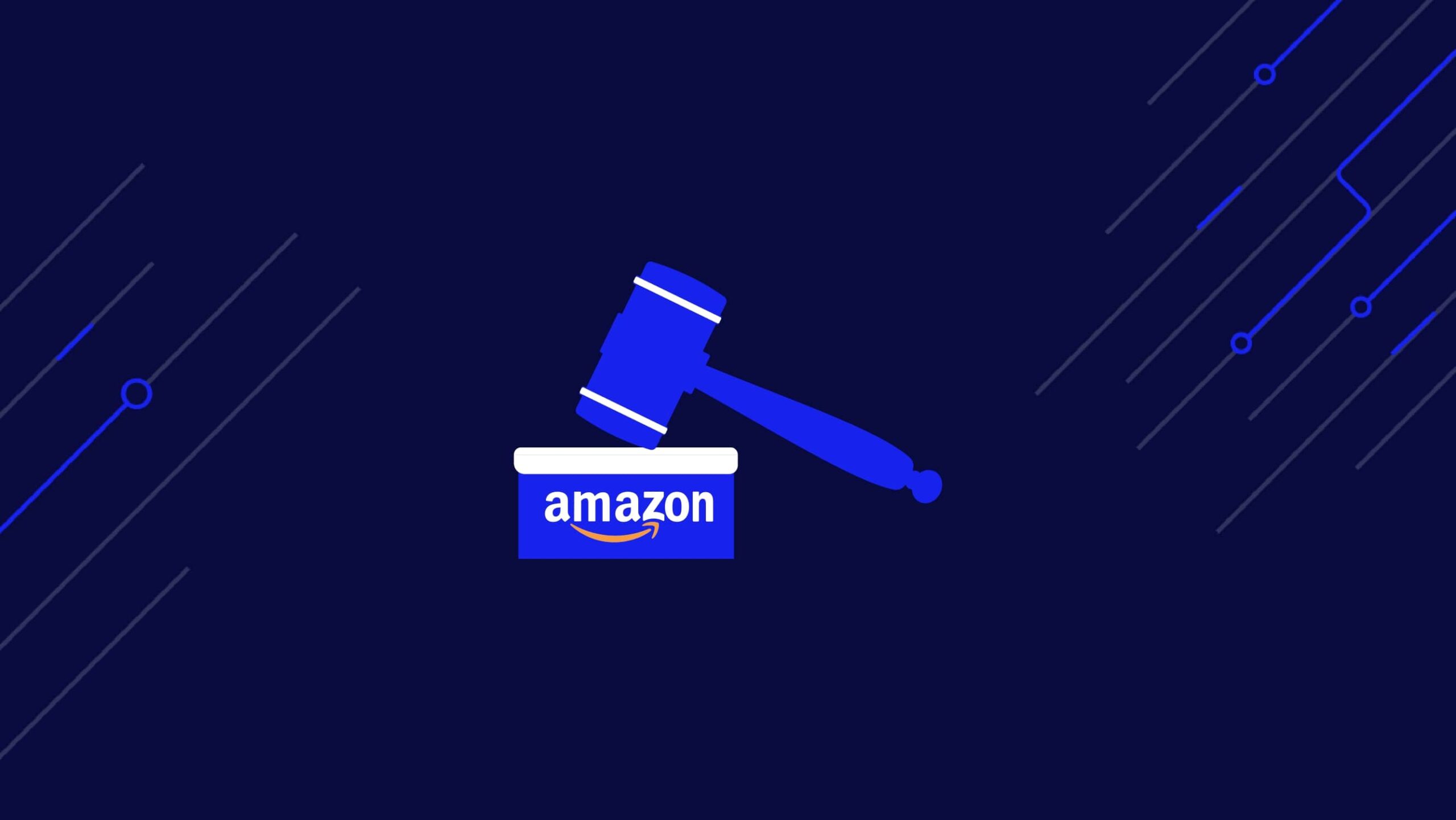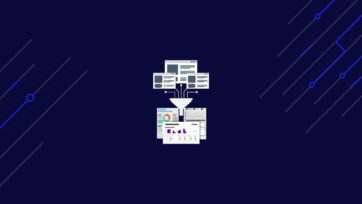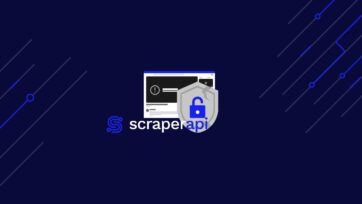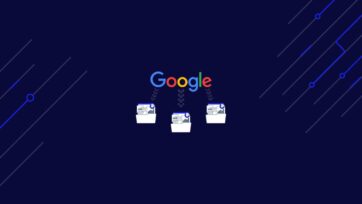Amazon is among the most visited online shopping websites in the world. Analysts and businesses depend on the information available on the platform to analyze e-commerce trends, understand client behavior, and get a competitive edge over competing businesses.
This information can include:
- Information on customers
- Information on sellers
- Product data
- Pricing data
- Customer reviews
- Overall market trend information
But do they gather all this information manually? No! They rely on web scraping.
ScraperAPI allows you to scrape Amazon product details with a simple API call.
In this article, we’ll look into Amazon’s web scraping policy and highlight what’s legal so you can stay compliant. We’ll establish the boundaries of Amazon’s web scraping policy and provide recommendations on ethical web scraping methods so you sleep soundly at night after you’ve garnered all the data you need from Amazon.
What is Amazon Web Scraping?
Amazon web scraping is the technique of obtaining publicly available data from Amazon pages using automated scripts or web scraping technologies.
Is It Legal to Scrape Amazon?
Yes, scraping Amazon’s public data is legal! Many companies and individuals scrape Amazon data without any consequences by keeping their scrapers compliant</a >.
Like many other websites, Amazon makes its product listings and other public information available for anybody to browse. You can scrape and collect THAT freely available data without violating Amazon’s terms of service.
So, what can be illegal about it?
Well, scraping data behind login walls, personal information, or any sensitive data is illegal and a violation of Amazon’s terms and rules. It is also important to follow the Amazon web scraping policy, which includes the following:
- Not making excessive requests
- Not interfering with Amazon’s website or services
- Not using Amazon’s trademarks or logos without permission
Note: When you’re logged in to Amazon – even if programmatically –you automatically accept the Amazon web scraping policy.
According to the Amazon web scraping policy terms of service, users are banned from “using any automated process or technology to access, acquire, copy, or monitor any part of the Amazon Website.”
To stay compliant, never collect data behind login walls and stick to publicly available data – which is the key term here.
That said, it is important to note that Amazon can block or ban any IP address or user agent it suspects of scraping its website but can’t legally prosecute you because you aren’t breaking any law.
Should You bypass login walls?
No, because there is no legal way to scrape data behind login walls. For this reason, Amazon also makes it extremely difficult to do so.
To bypass Amazon’s anti-scraping mechanisms while staying compliant, ScraperAPI provides a simple structured data endpoint that converts Amazon product pages and search results into structured JSON data, allowing you to automate data collection from Amazon without getting blocked.
What Data Can You Scrape from Amazon?
People and businesses who scrape Amazon do it for a variety of purposes, such as:
- Cost comparison – Track and compare prices of products on Amazon by different retailers.
- Market research – Gather data about product demand, customer demographics, and market trends on Amazon.
- Product creation – Get product data to identify new and innovative offerings or improve the existing products.
- Competitive analysis – Track pricing, product offerings, and market strategies on Amazon. Scrape Amazon product review data to see what customers have to say about your and your competitors products.
- Scholarly investigation – Study the impact of Amazon on the e-commerce industry.
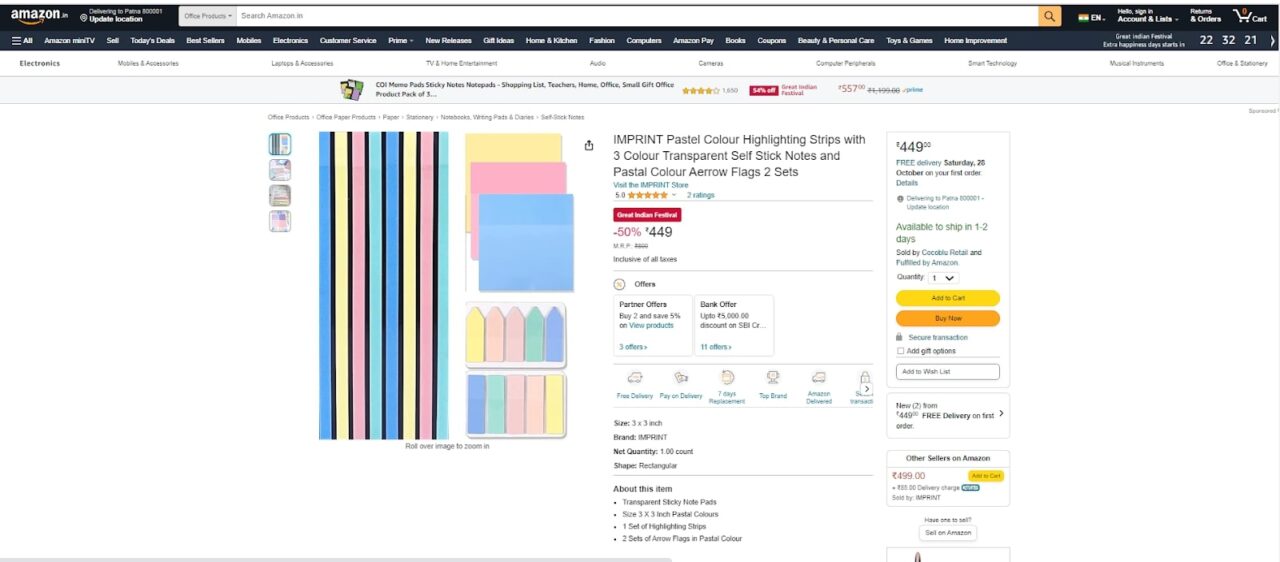
Depending on your goals, scraping Amazon can provide you with a wealth of data that is publicly available, such as:
- Product Names
- Descriptions
- Prices
- Sellers
- Images
- Features
- Reviews
- Rating
- Best Sellers
- Availabilities
- Shipping Information
- Return Policies
And much more.
Scrape millions of products without writing a single line of code with DataPipeline.
Since Amazon doesn’t make it illegal to scrape this data, it empowers data scrapers.
However, remember, with great power comes great responsibility. It’s important not to disrupt the site’s server or violate anyone’s privacy
Let’s look at common challenges that can make it difficult for individuals or bots to access and extract data from websites.
Challenges of Scraping Amazon
Here are some anti-scraping mechanisms Amazon uses to prevent web scrapers:
CAPTCHA challenges
Many websites employ CAPTCHAs (Completely Automated Public Turing tests to tell Computers and Humans Apart) to prevent automated bots from scraping their data. These are puzzles or tests that humans can easily solve but are challenging for automated scripts to overcome.
These tests can include
- Image recognition tasks
- Puzzles
- Text-based challenges
CAPTCHA challenges make scraping more time-consuming and complex.
Resource: How to Handle CAPTCHAs While Scraping Amazon</a >
IP Address-Blocking
Websites can detect and block IP addresses associated with web scraping activity. In fact, Amazon anti-bot detection is so advanced it’s come for scrapers to get blocked after just a couple of requests or even on the first try.
To bypass this challenge, scrapers often use rotating proxies or distributed networks to change IP addresses regularly.
Resource: How to Hide Your IP Address for Web Scraping</a >
Rate limiting
Rate limits prevent users, bots, or apps from exploiting or overusing a web resource. Rate limitation may prevent certain forms of automated assaults. Amazon may also impose rate limits on your access to their data to avoid excessive traffic from a single source.
Scrapers must adjust their request frequencies to stay within these limits. It can slow down the scraping process and requires careful management of requests.
Resource: How to Use and Rotate Proxies</a >
Browser Fingerprinting
Websites use browser fingerprinting techniques to identify unique characteristics of the browser and device accessing their content, like
- User-agent strings
- Screen resolution
- Browser plugins
- Color
- Time zone
And many more.
Scrapers must mimic the attributes of a real-user behavior and legitimate browser to avoid detection.
Resource: Create an Amazon Scraper with Python</a >
Headers
HTTP request headers provide information about the client’s request to the server. Websites may analyze these headers to determine whether a request is from a scraper or a legitimate user.
Customizing and rotating headers can help avoid detection by making requests look more like those from regular users.
Resource: How to Grab HTTP Headers and Cookies for Web Scraping</a >
Wrapping Up
Using Amazon APIs is great for those who have programming knowledge. However, you must understand the legality behind it. While scraping Amazon’s public data is legal, it’s not legal to scrape data behind login walls, personal data, or any sensitive information.
Additionally, Amazon discourages web scraping by posing certain challenges for web scrapers, such as CAPTCHA challenges, IP address-blocking, rate limiting, browser fingerprinting, and headers.
Using a ScraperAPI’s no-code scraper is the easiest way to scrape Amazon’s data. It takes care of all the technical traps without wasting your time or risking legal action and everything with a simple-to-use visual interface.
Sign up for ScraperAPI today and get 5,000 free API credits to start collecting data from Amazon in minutes.
Until next time, happy scraping!

